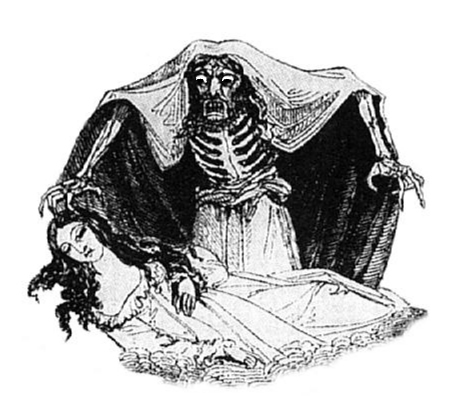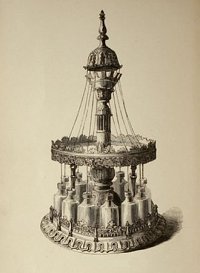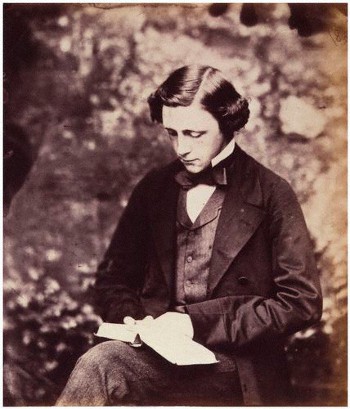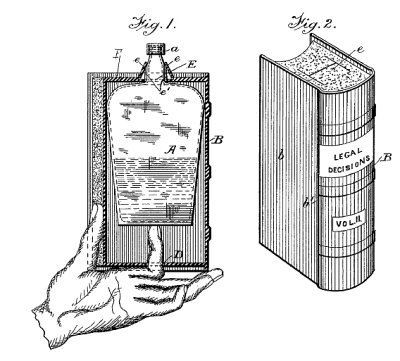
The Republic of Carpatho-Ukraine declared its independence from Czechoslovakia on March 15, 1939. It was annexed by Hungary the next day. It had been independent for only 24 hours.
In December 2006, Belgian public television station RTBF reported that Dutch-speaking Flanders had declared independence and that Belgium as a nation had ceased to exist. Panicked viewers placed 2,600 calls to the station and crashed its website as they sought further information.
The station kept up the story for two hours, then admitted it was a hoax. “It’s very bad Orson Welles, in very poor taste,” said a spokesman for Prime Minister Guy Verhofstadt. “We obviously scared many people,” acknowledged news director Yves Thiran. “Maybe more than we expected.”







